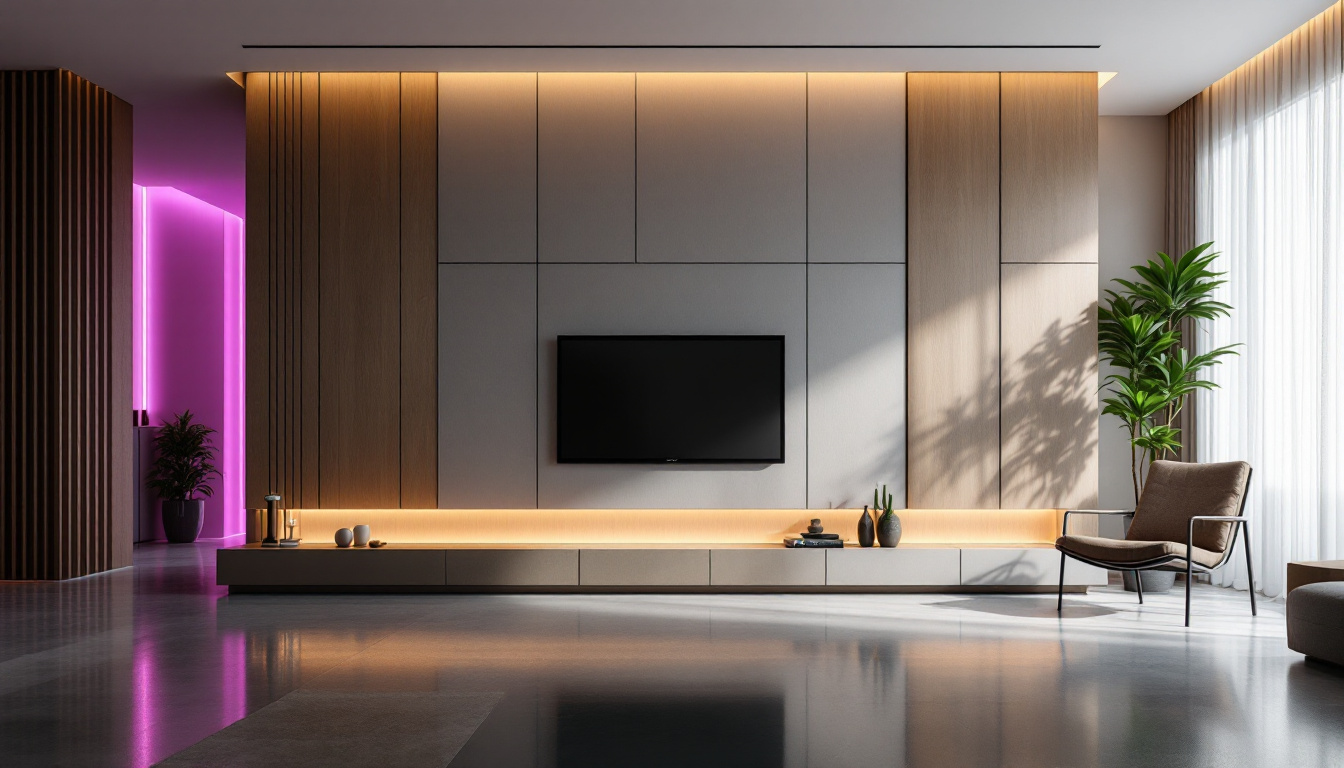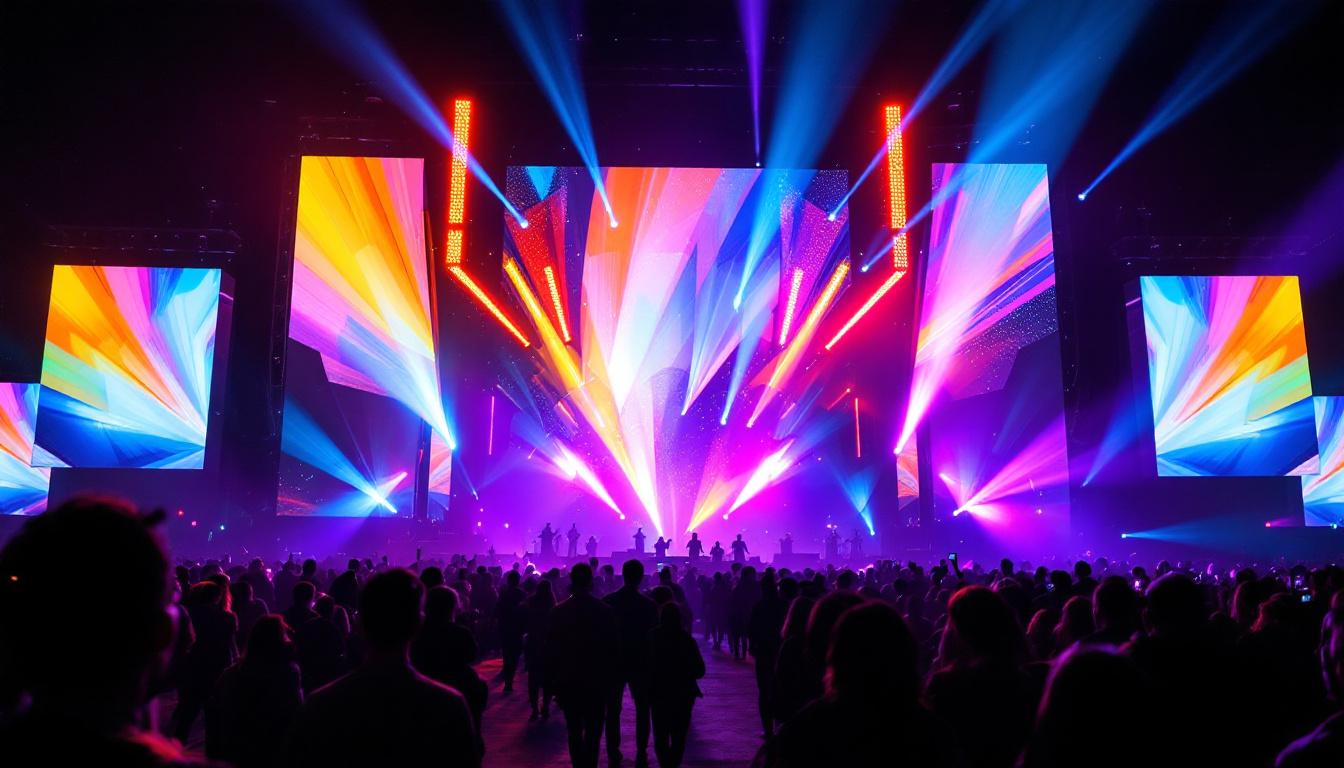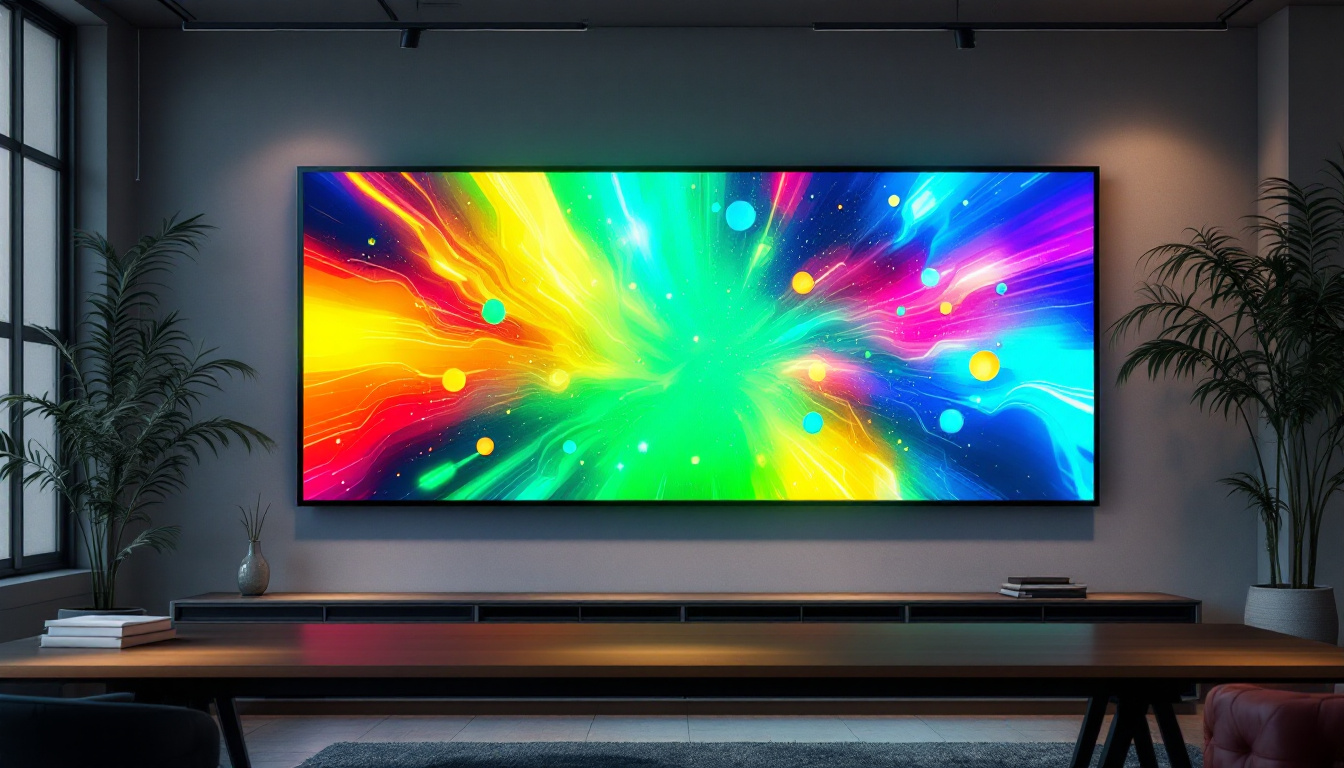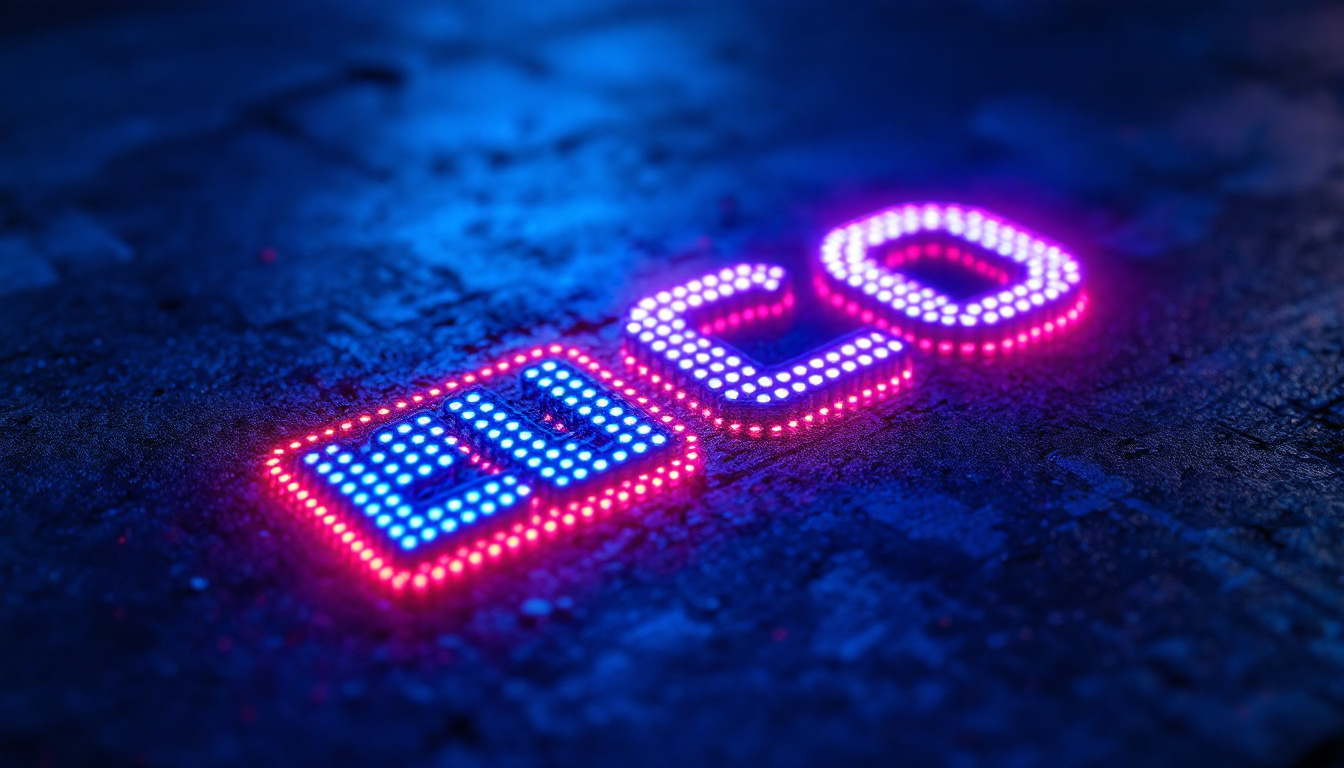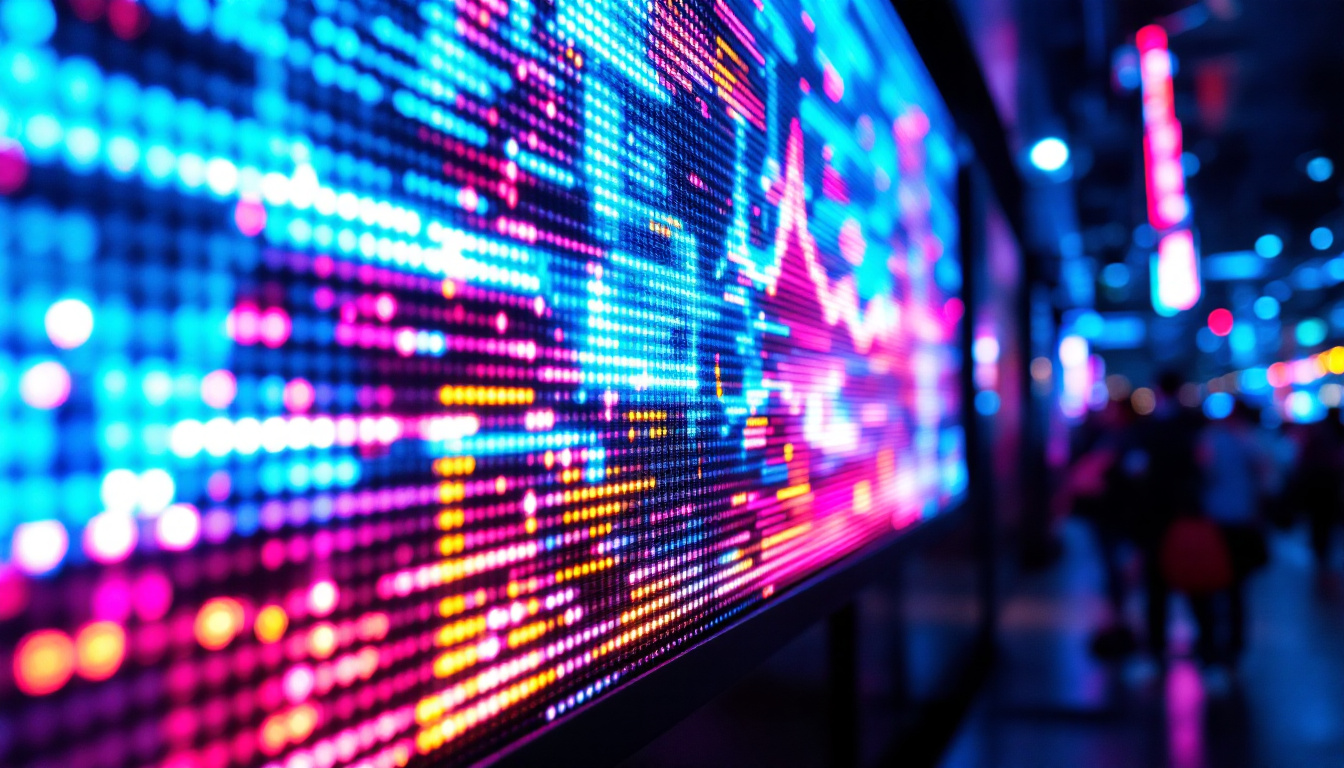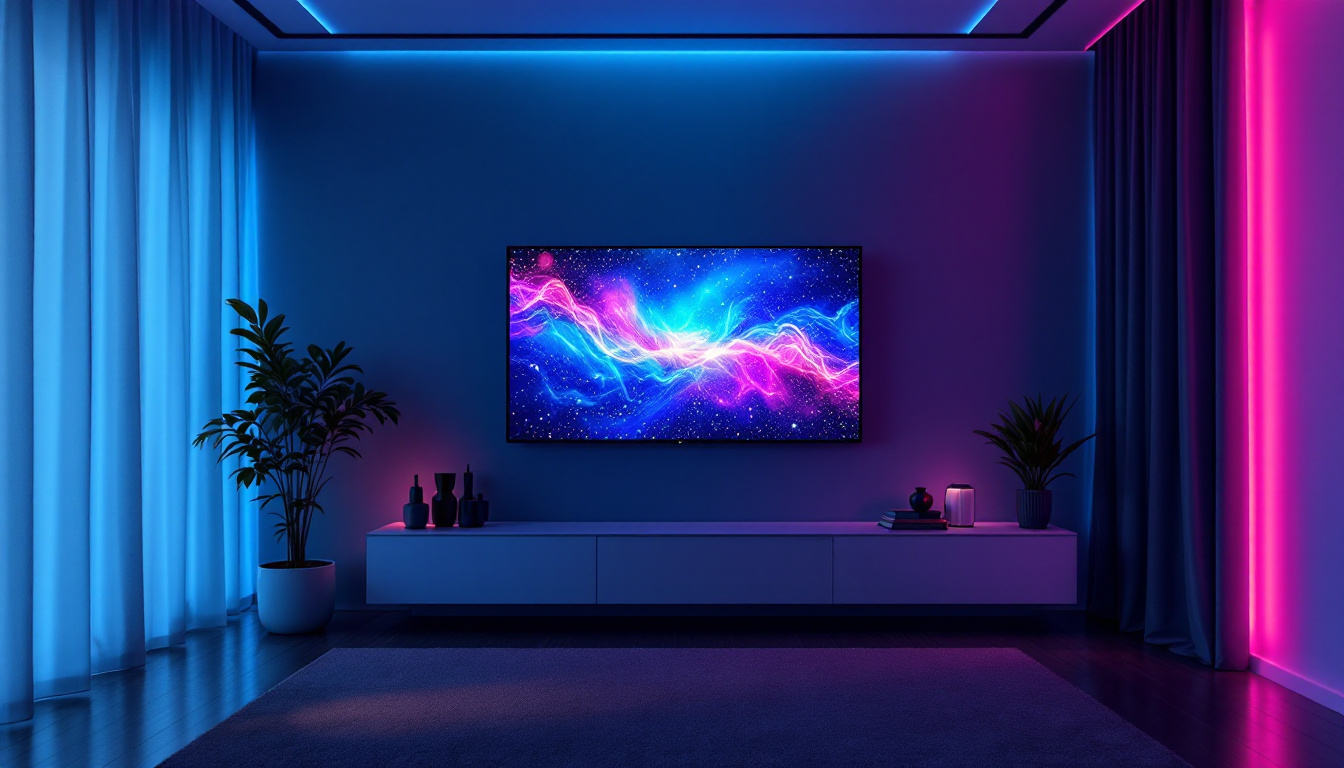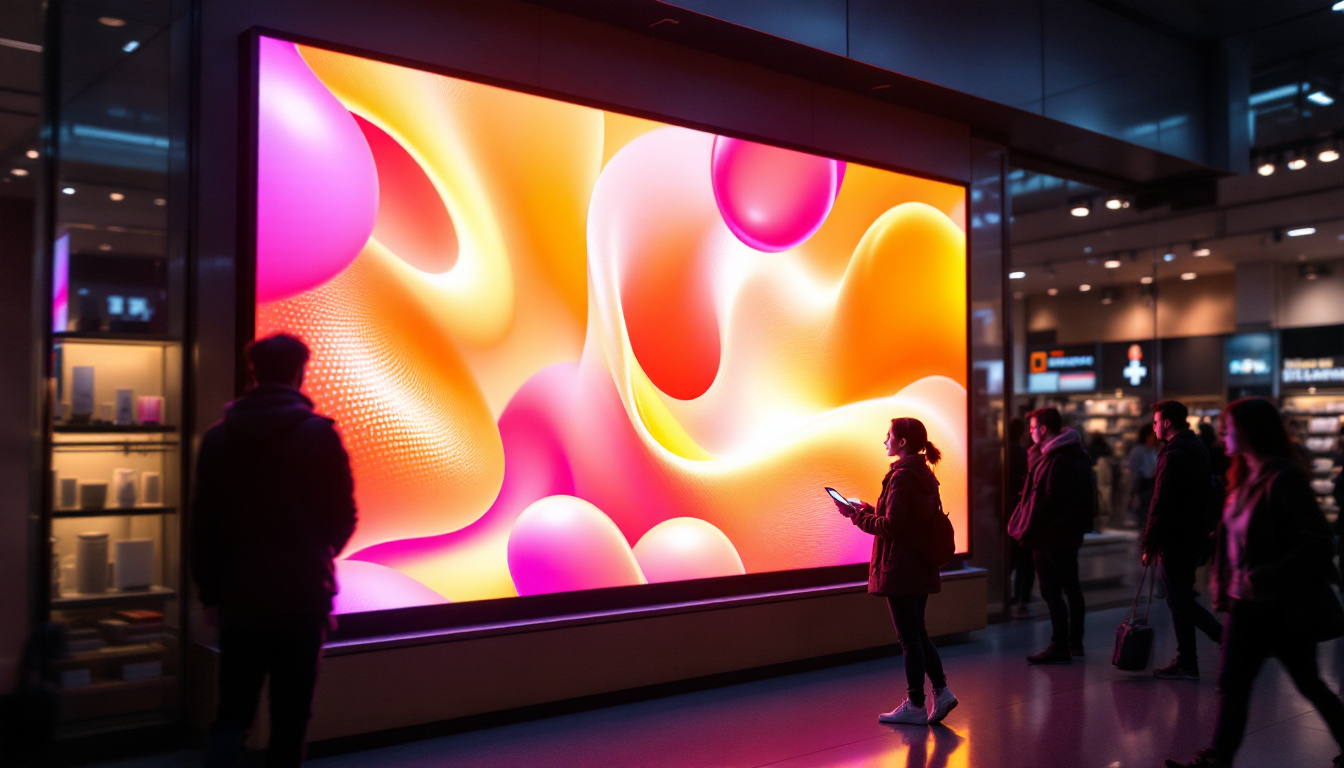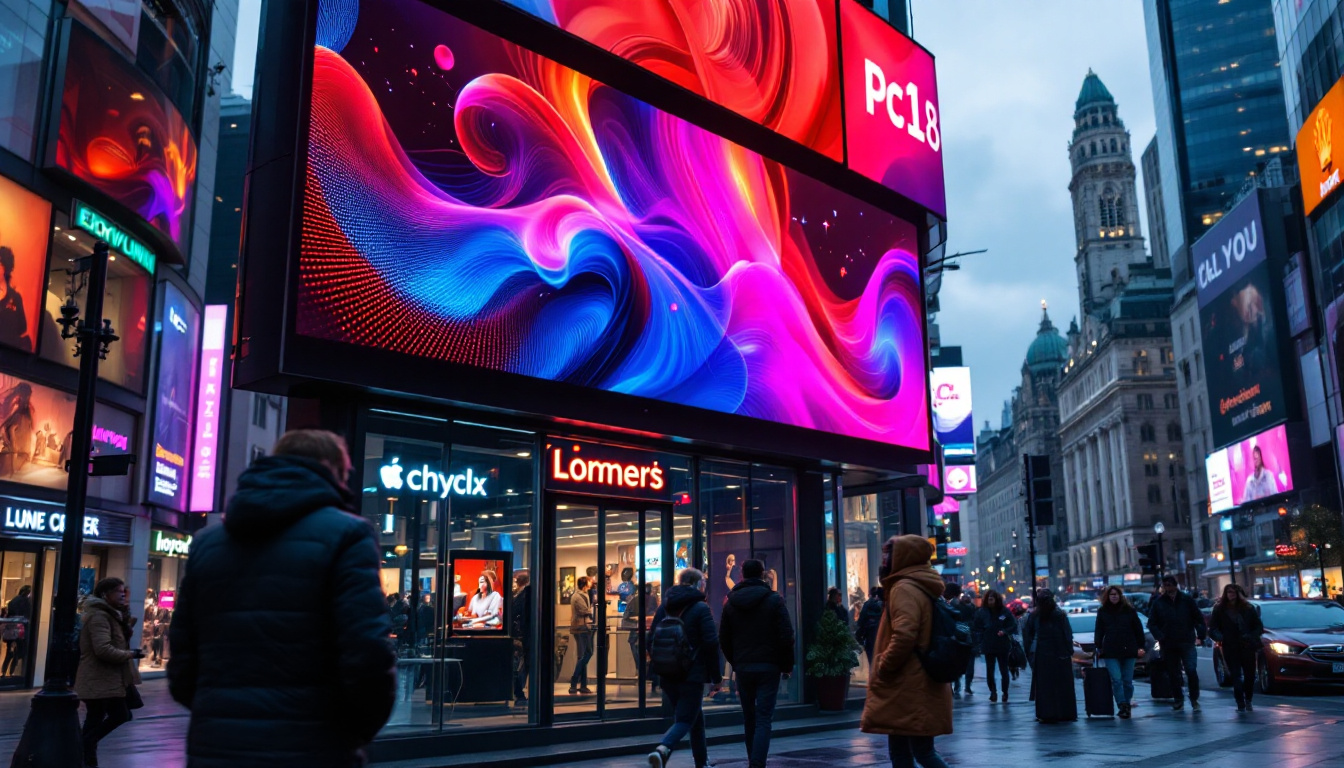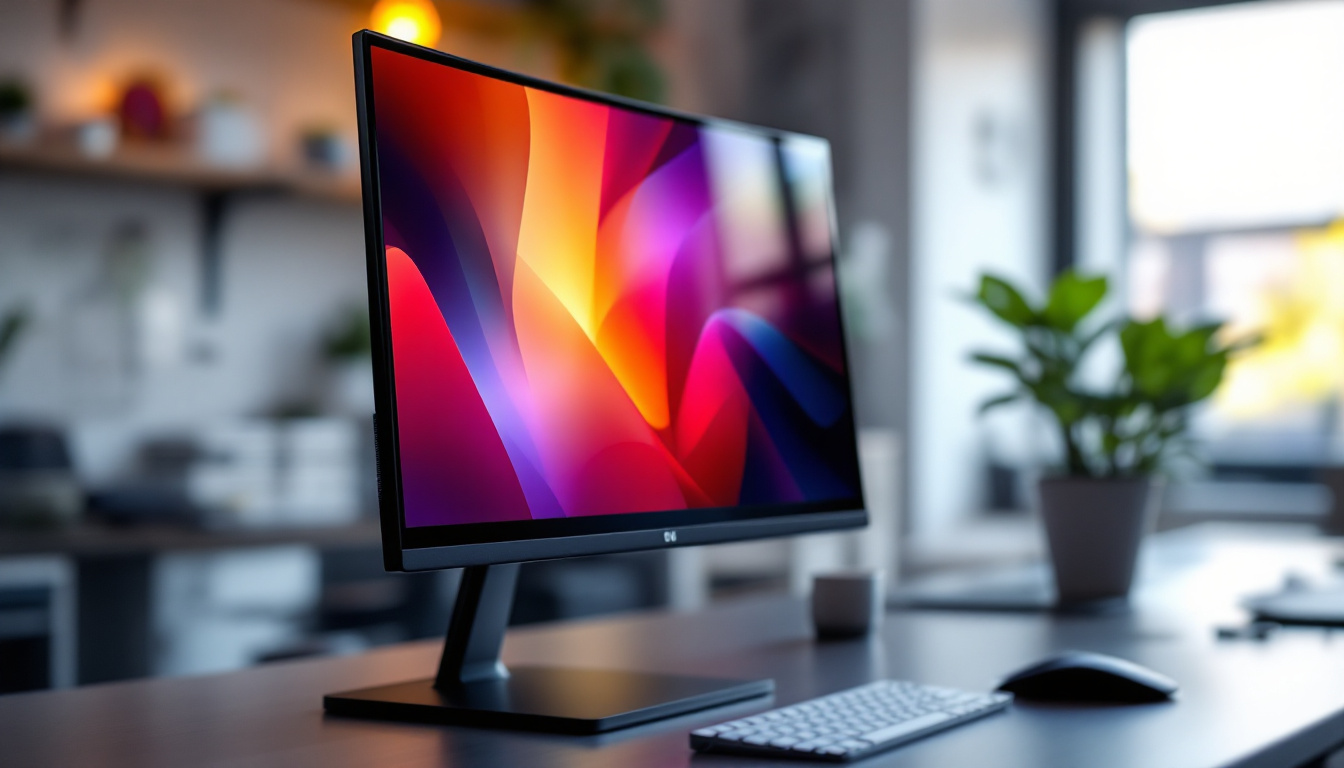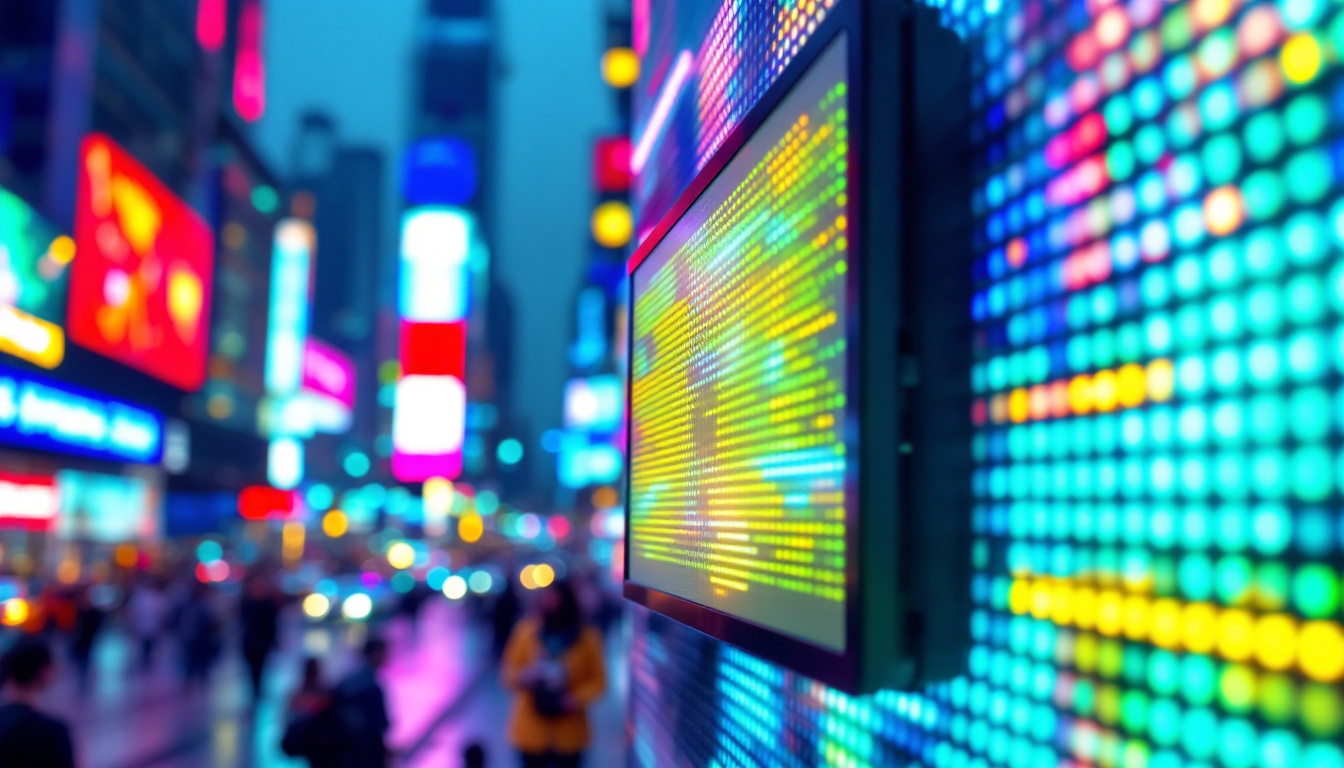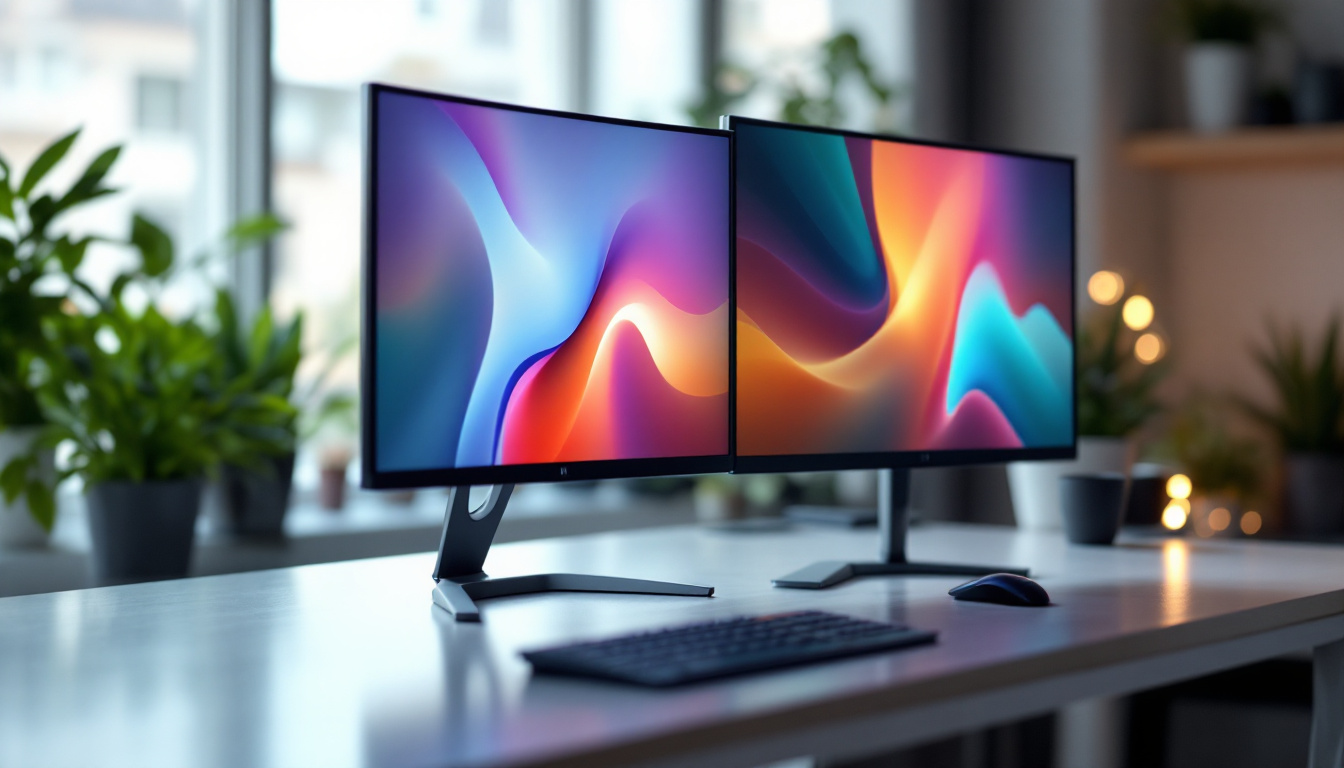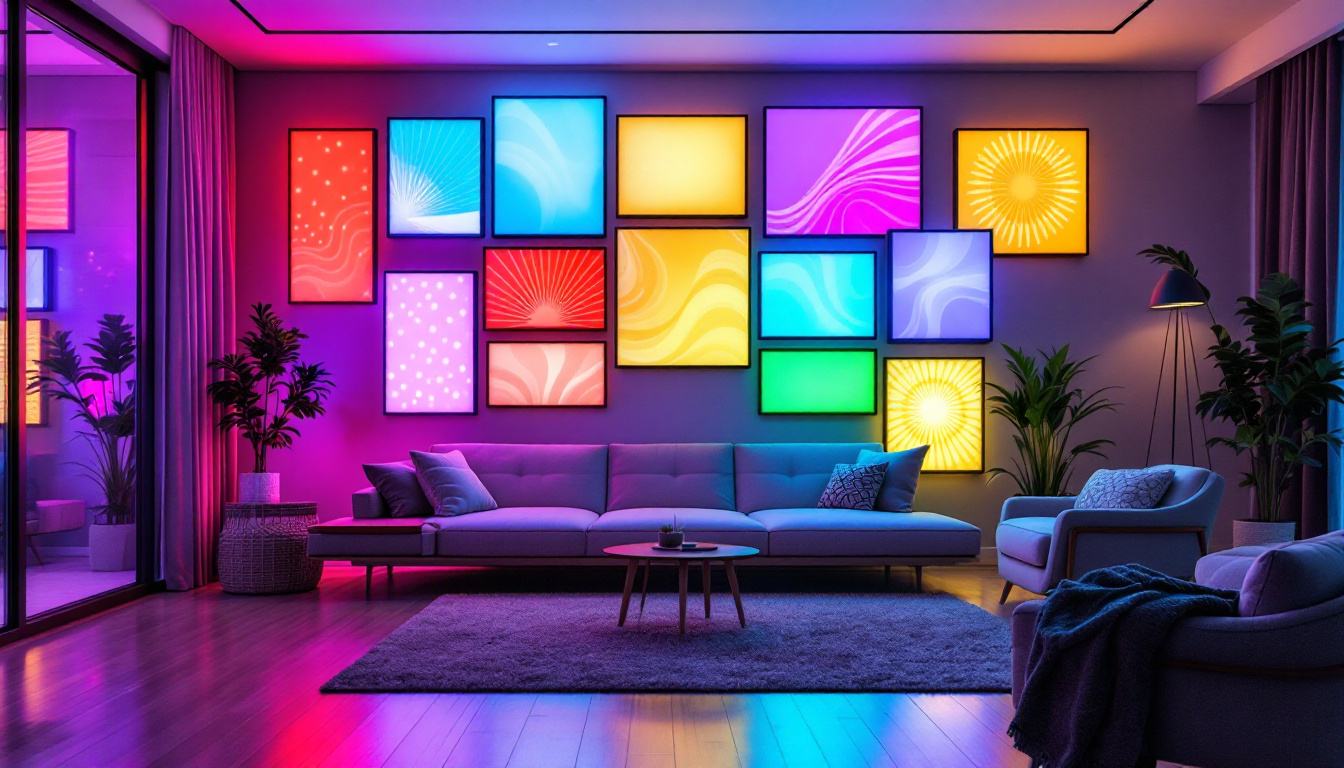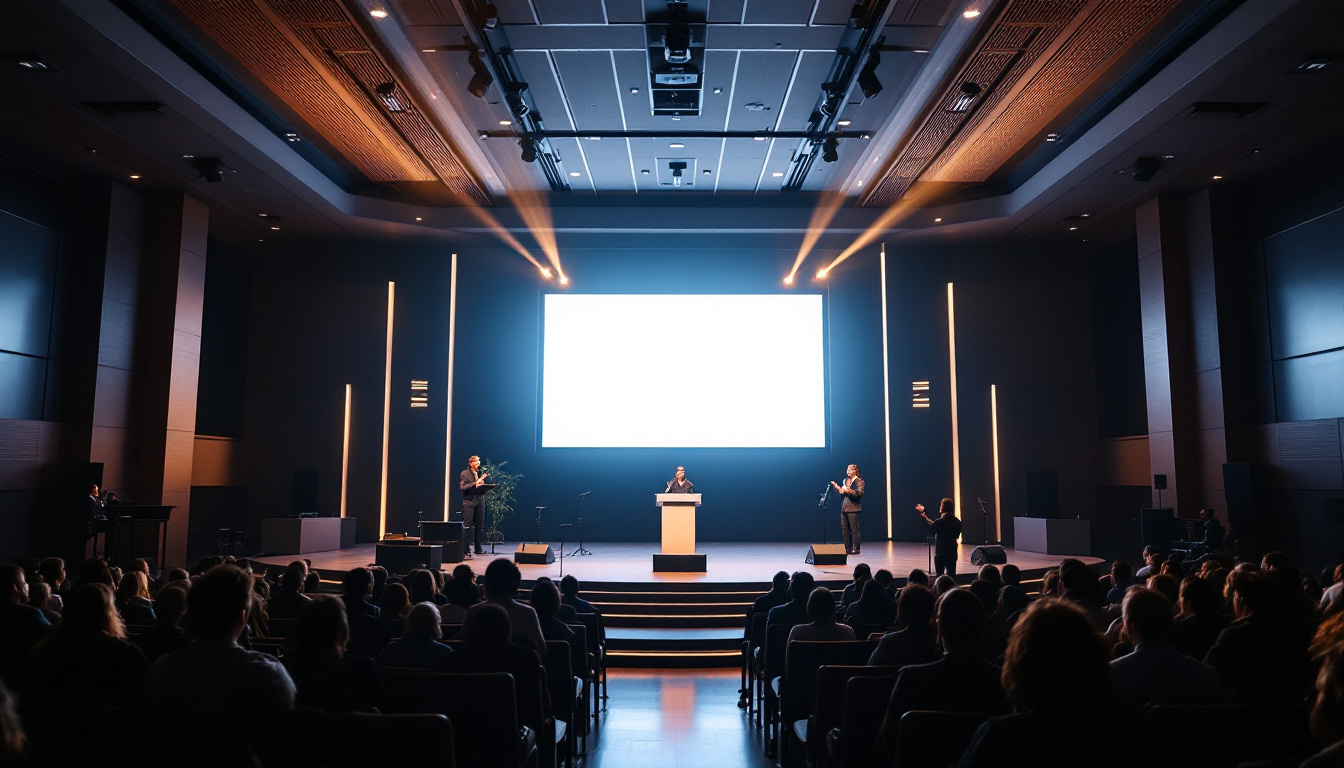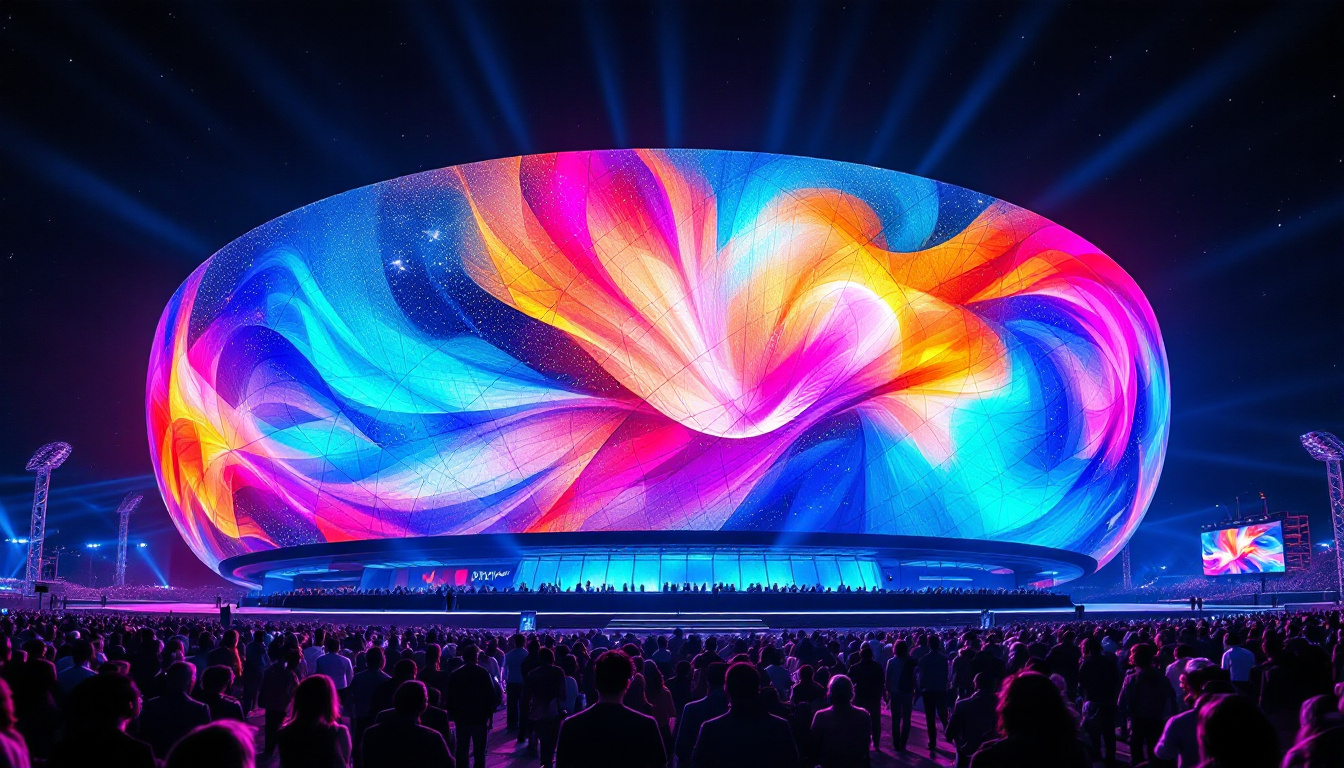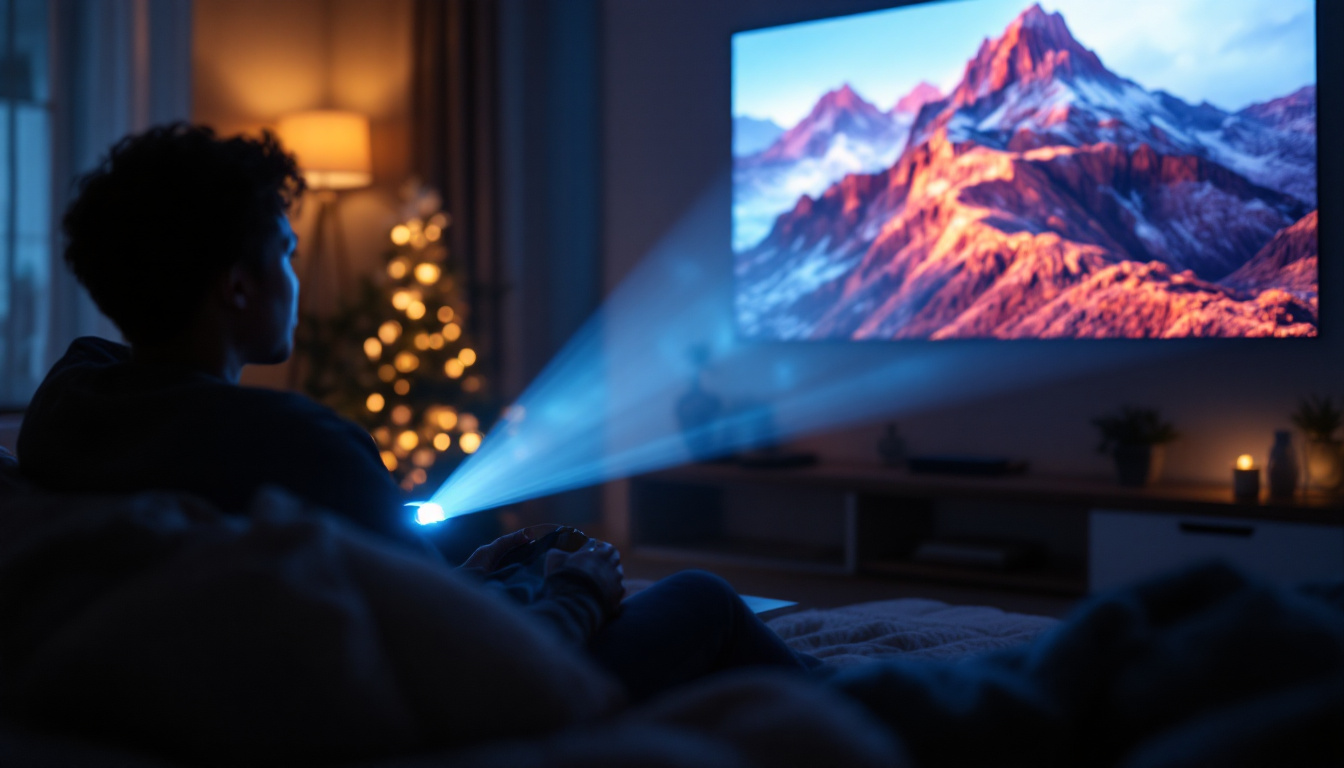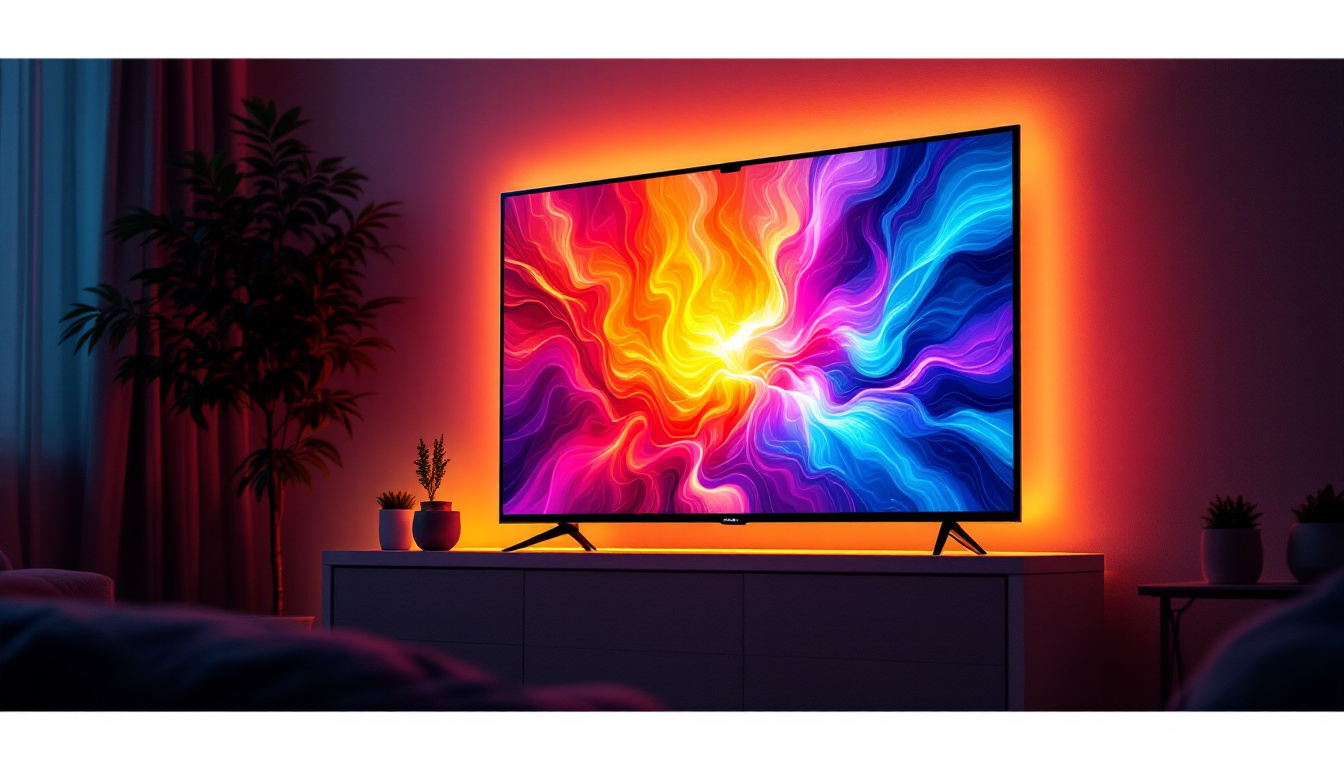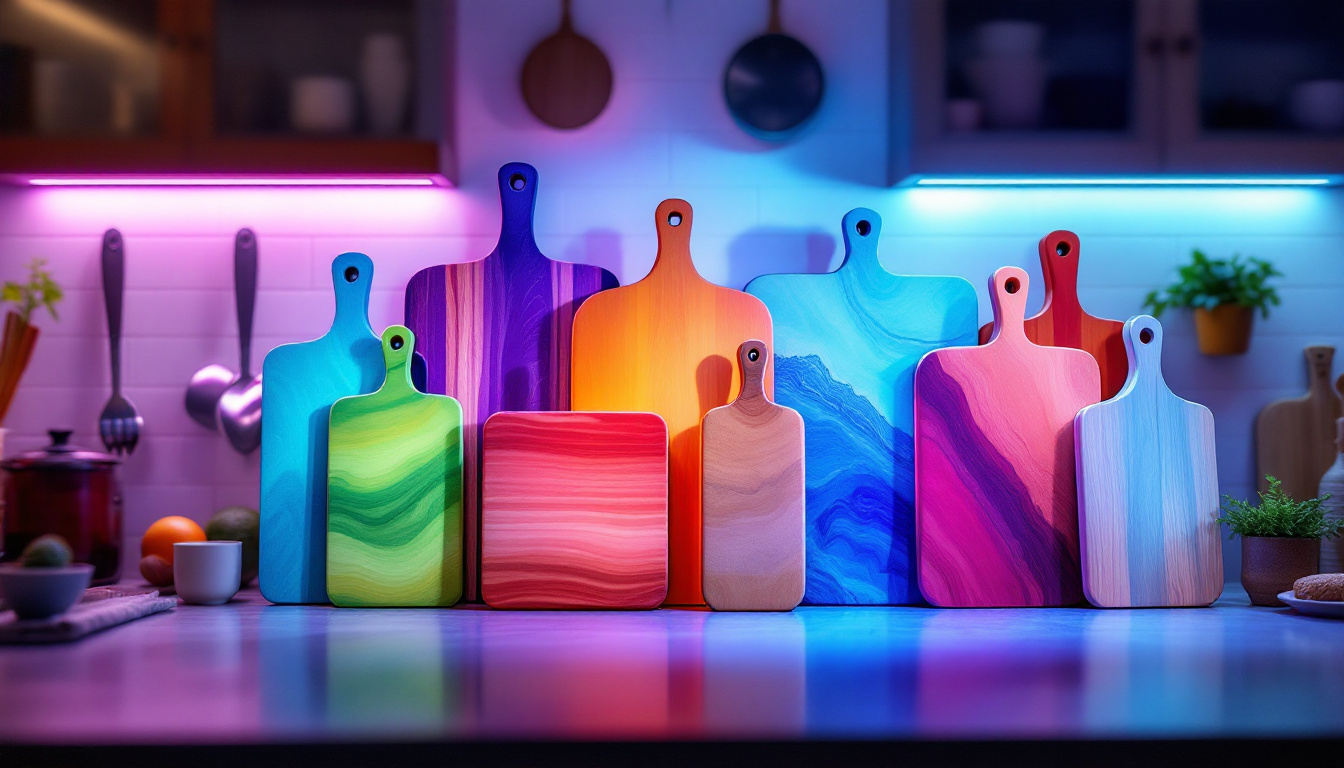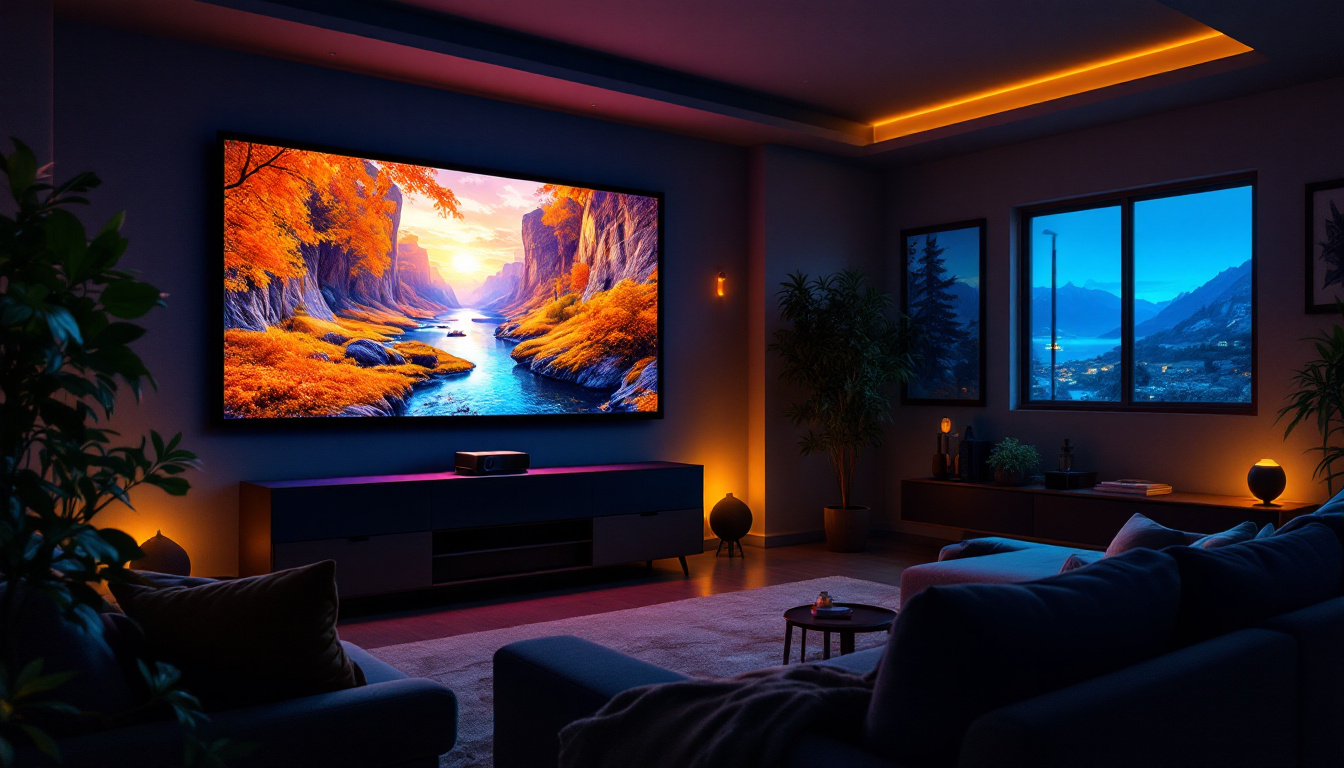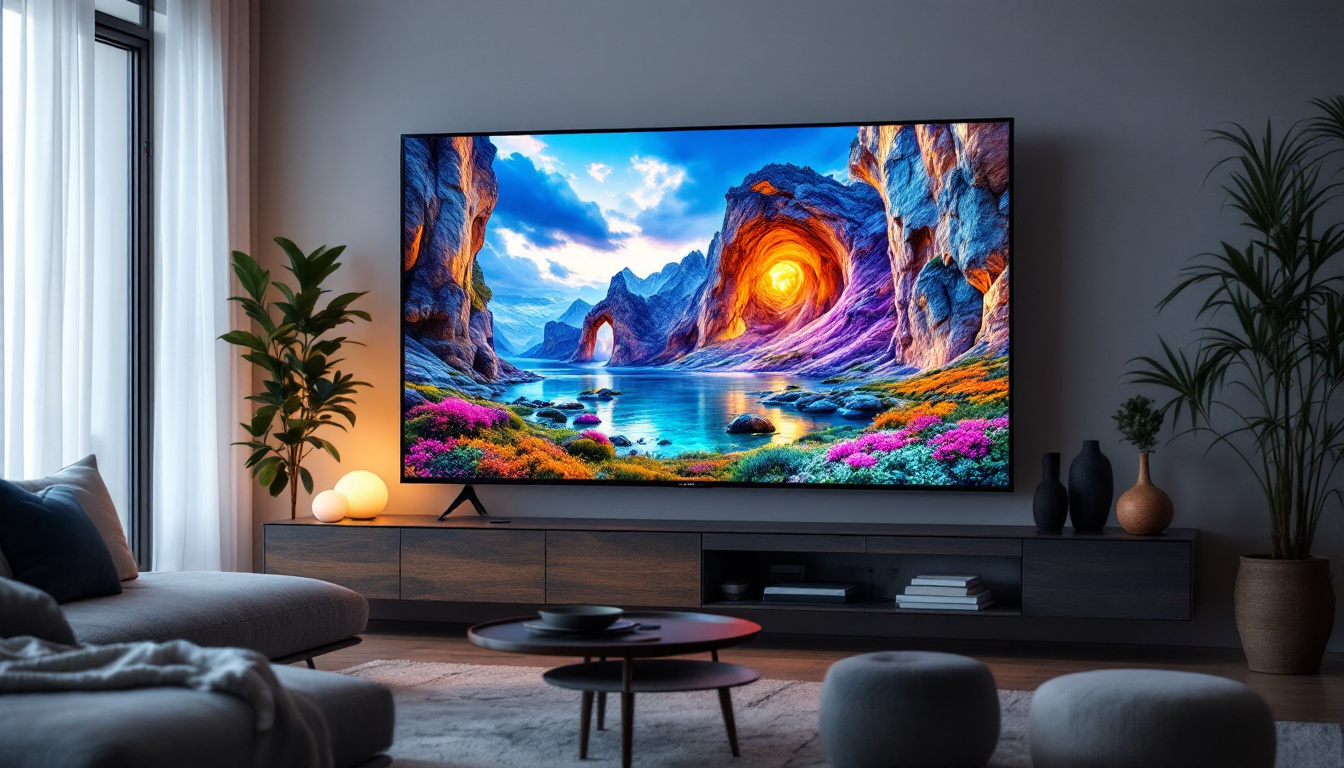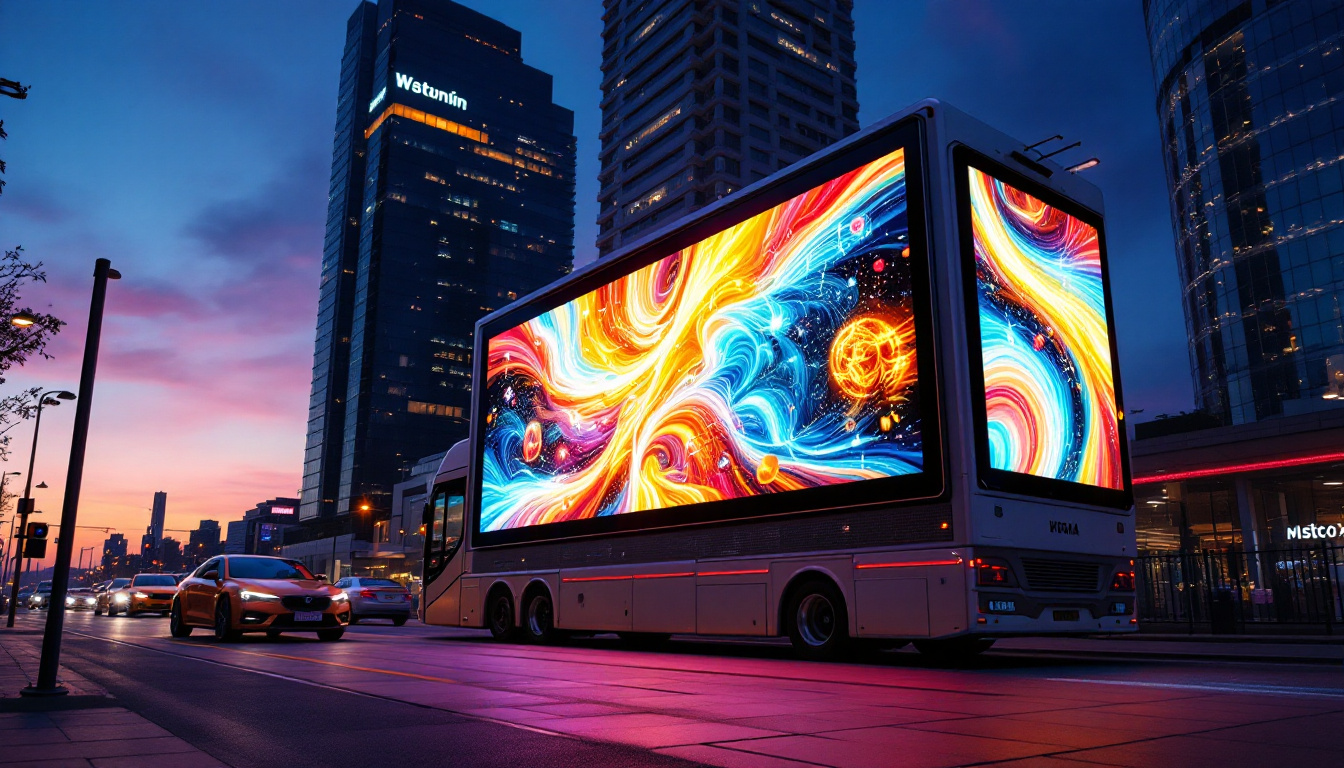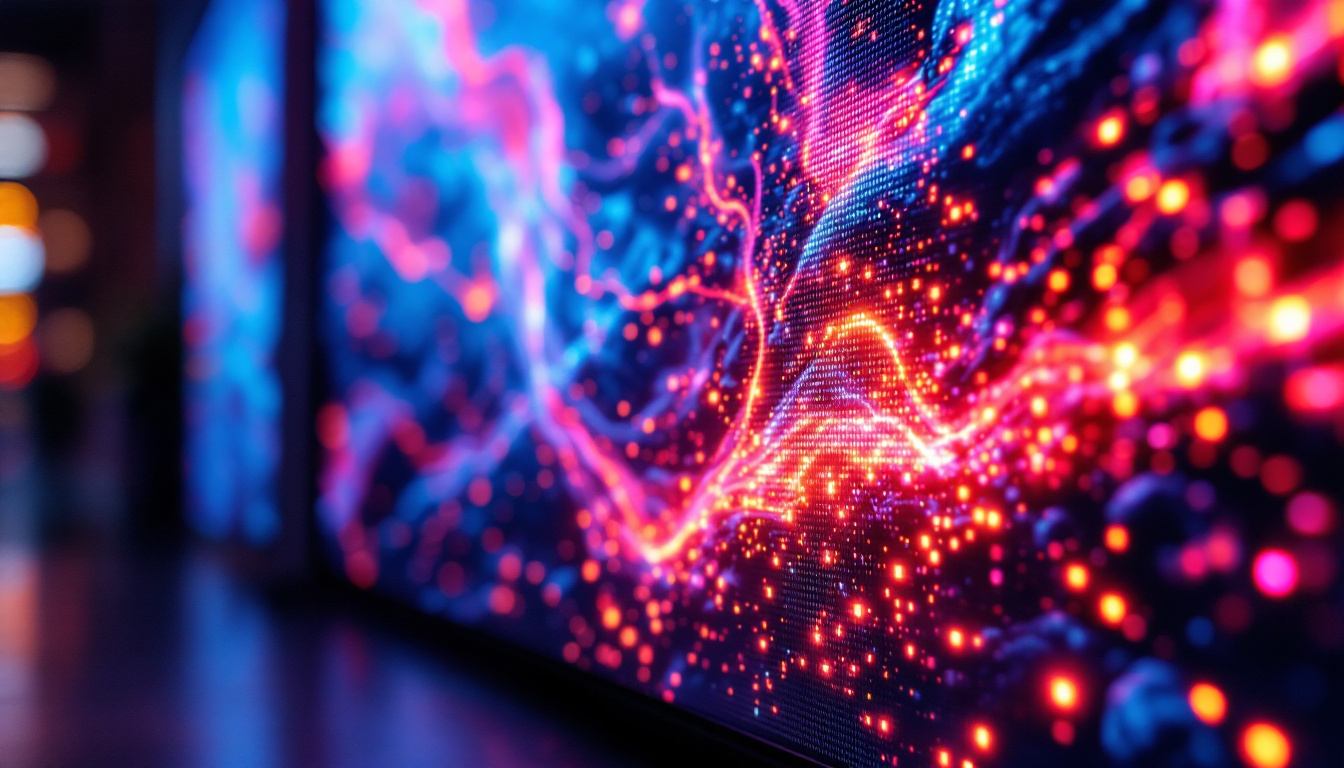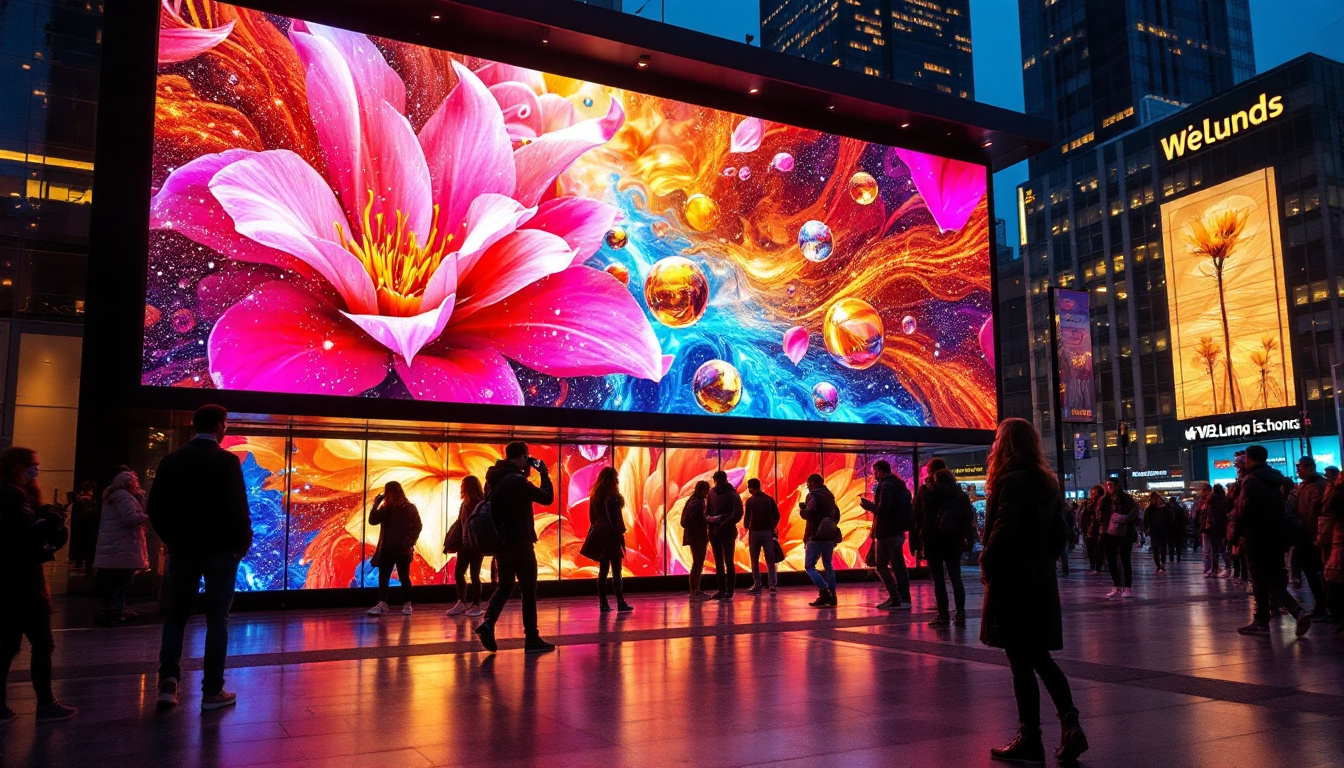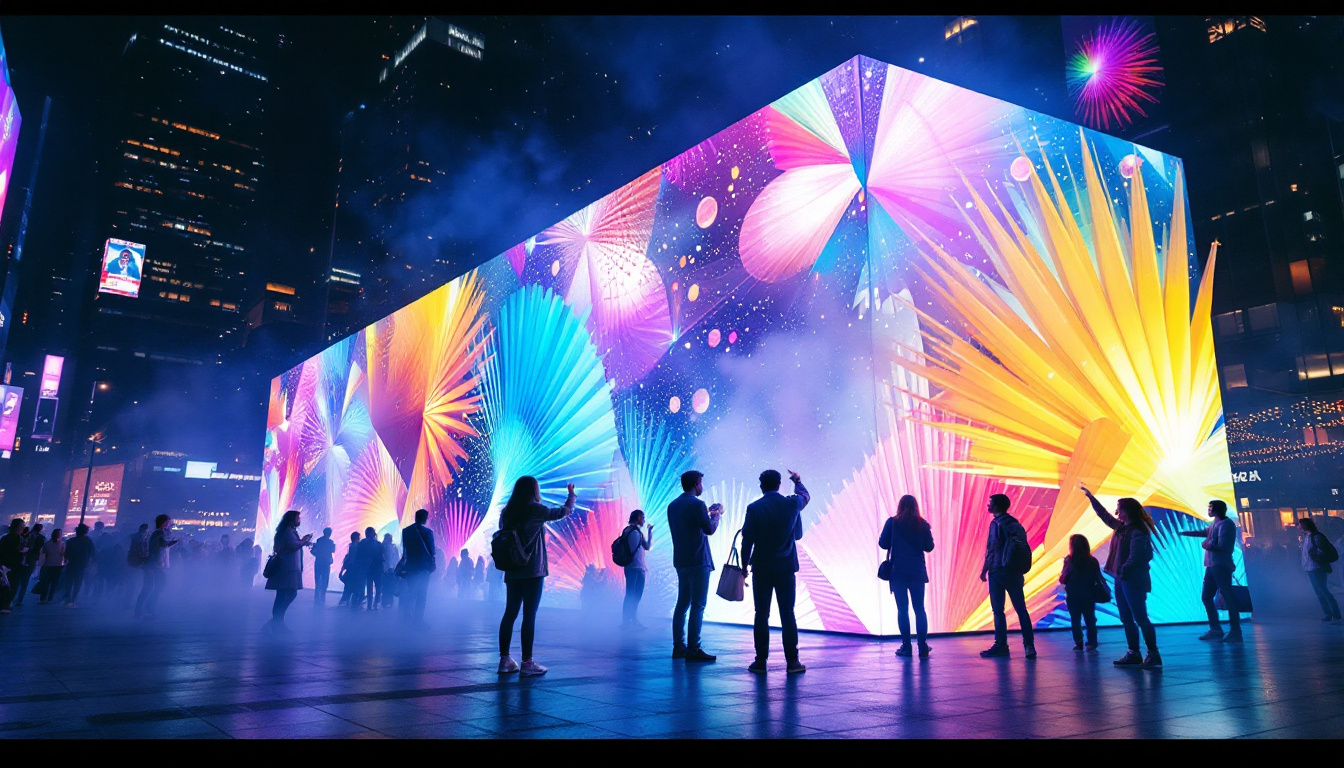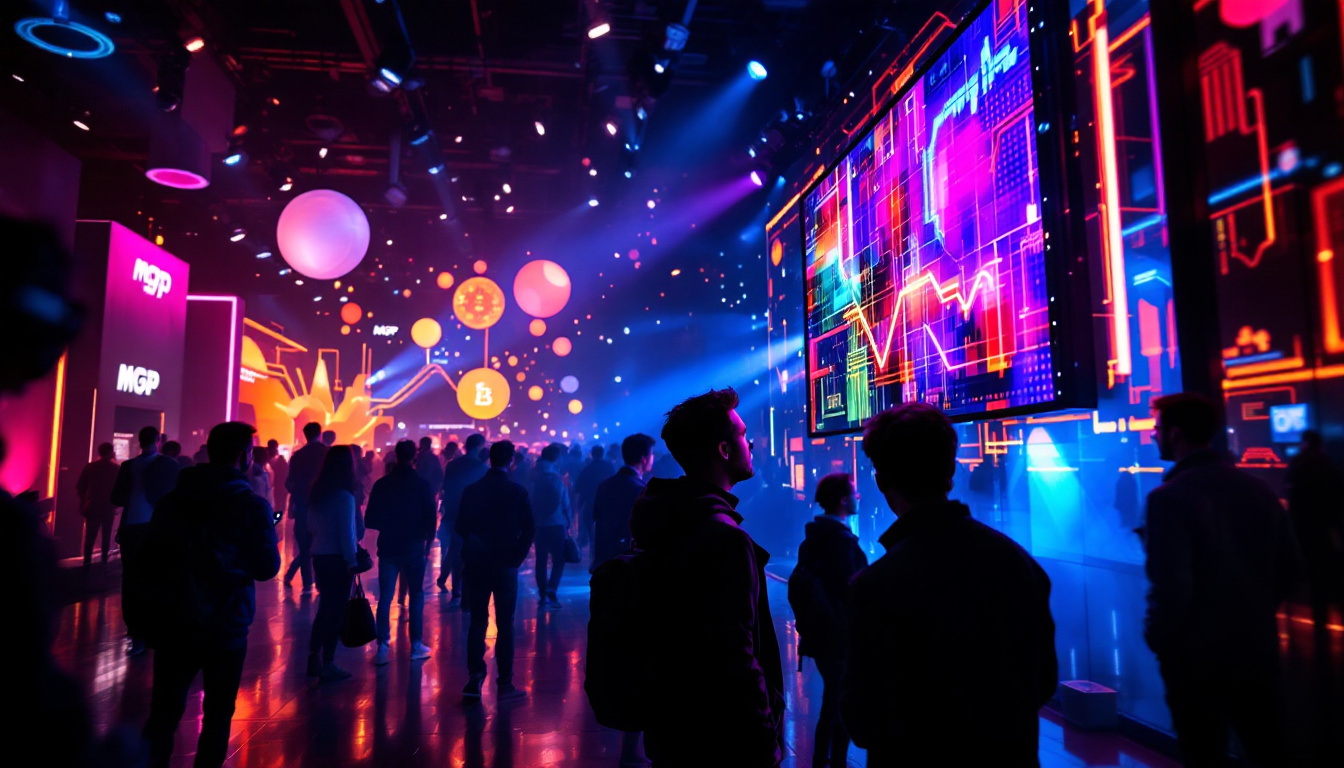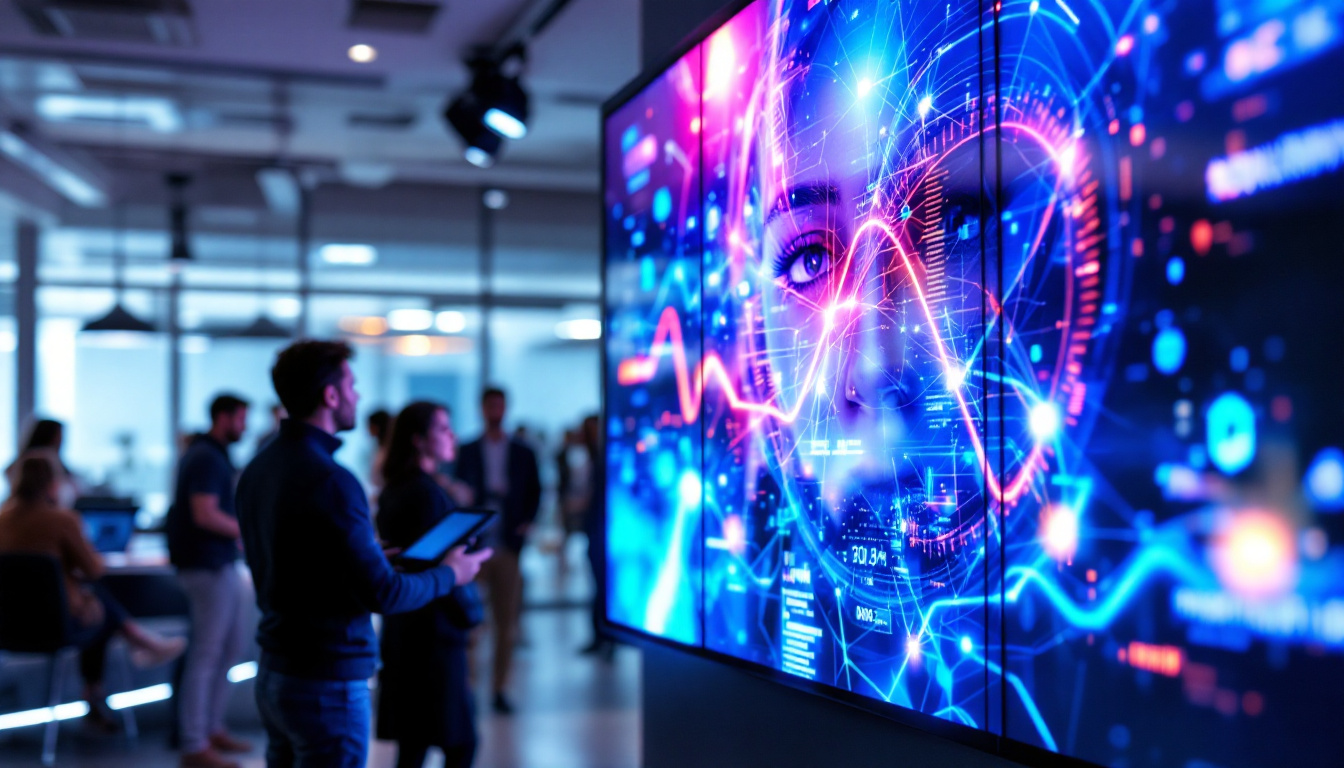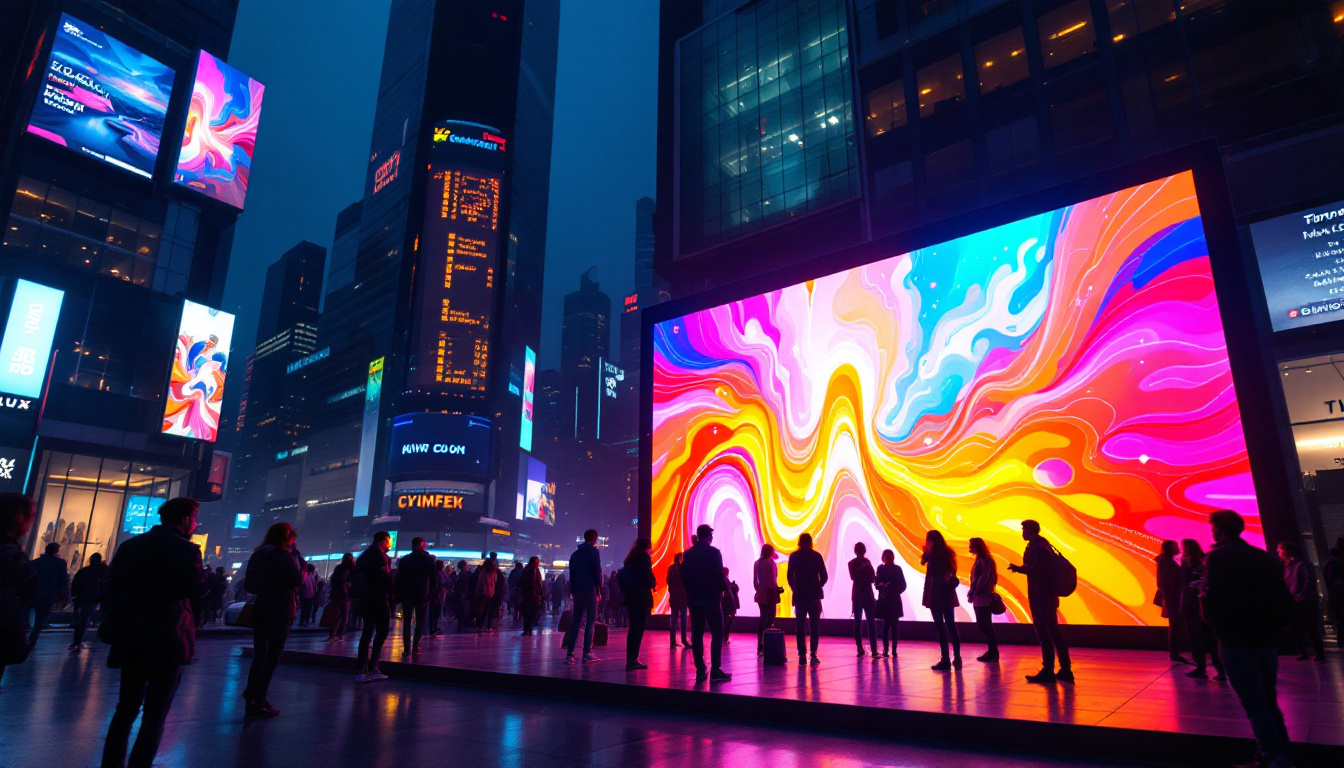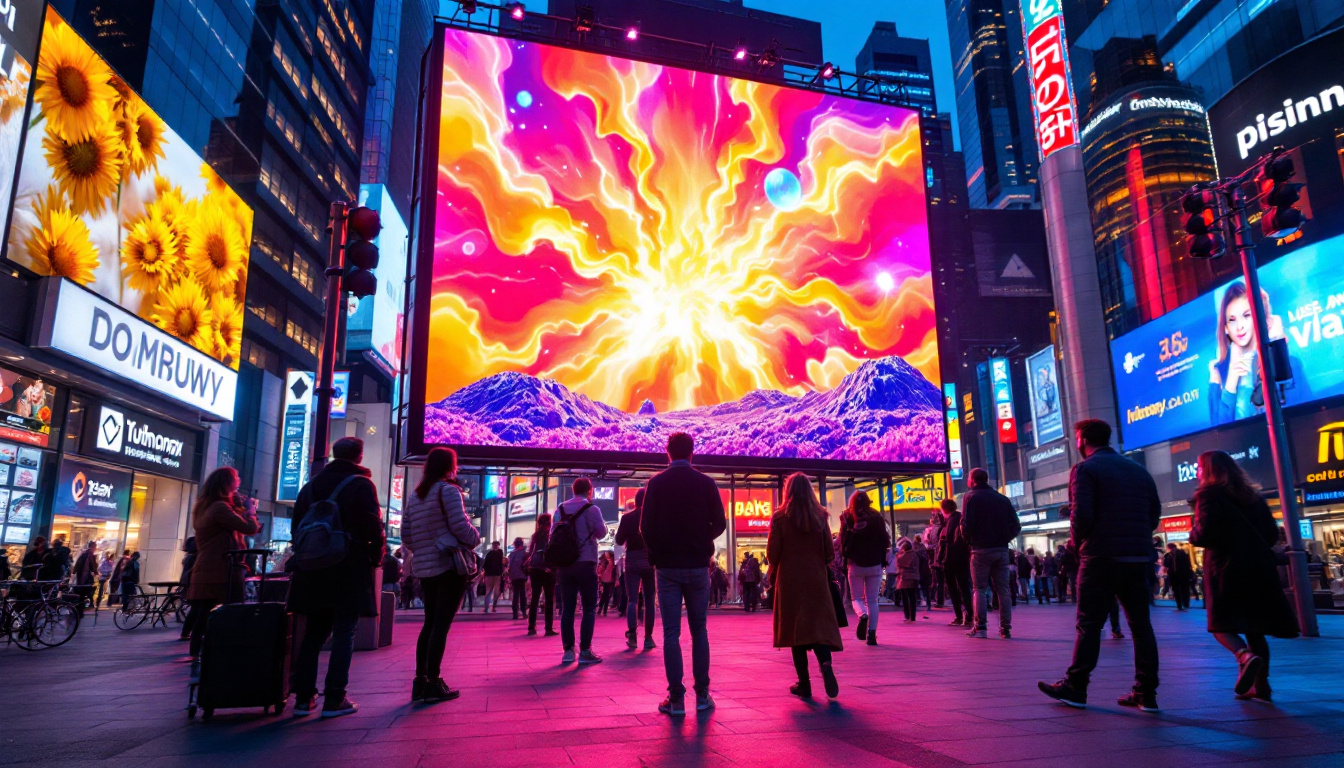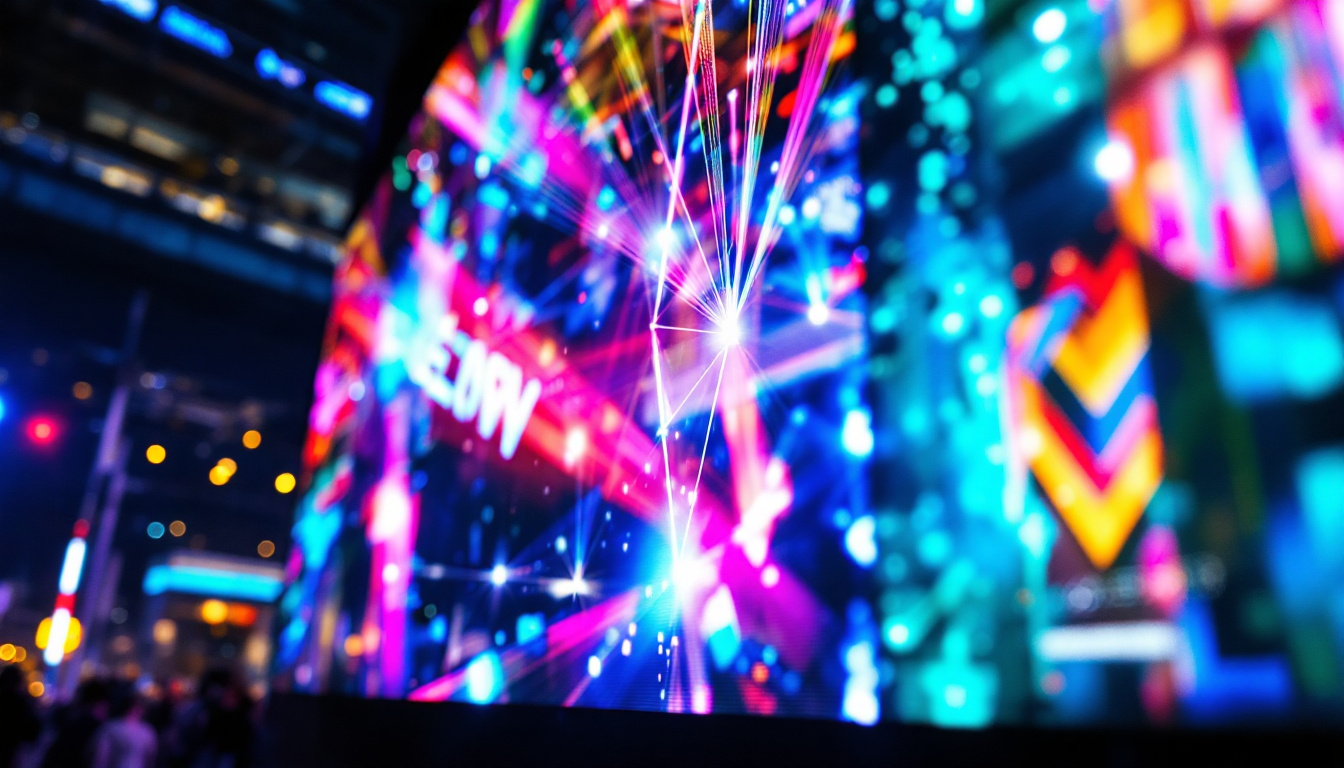In the realm of modern interior design, wall paneling has taken on a new dimension with the integration of LED displays. This innovative approach not only enhances the aesthetic appeal of spaces but also serves functional purposes. The combination of wall paneling and LED technology creates environments that are both visually stunning and highly adaptable. This article delves into the intricacies of wall paneling light and LED displays, exploring their benefits, applications, and the technology behind them.
Understanding Wall Paneling
Wall paneling has long been a popular choice in interior design, providing texture, warmth, and character to spaces. Traditionally made from wood, MDF, or other materials, wall panels can transform a plain wall into an eye-catching feature. The advent of LED technology has further revolutionized this concept, allowing for dynamic displays that can change according to mood, occasion, or branding needs.
The Evolution of Wall Paneling
Historically, wall paneling served practical purposes, such as insulation and protection from moisture. Over time, it evolved into a decorative element, with various styles emerging, from classic wainscoting to modern geometric designs. Today, the integration of LED displays into wall paneling represents a significant leap forward, merging artistry with technology.
Modern wall paneling can now be customized to include LED lights that can be programmed to display a range of colors and patterns. This flexibility allows designers to create immersive environments that can adapt to different settings, whether it be a cozy home atmosphere or a vibrant commercial space.
Benefits of LED Wall Paneling
The benefits of incorporating LED technology into wall paneling are manifold. One of the most significant advantages is the ability to enhance the ambiance of a room. With adjustable lighting, spaces can be transformed from bright and energetic to soft and relaxing with just a touch of a button.
Additionally, LED wall paneling can serve as a powerful branding tool for businesses. By displaying logos, promotional messages, or even dynamic art, companies can create a memorable impression on clients and customers. This functionality extends beyond aesthetics, as it can also be used for informational displays in various settings, such as hotels, restaurants, and retail stores.
How LED Displays Work
Understanding how LED displays function is crucial for grasping their potential in wall paneling. LED, or Light Emitting Diode, technology operates on a simple principle: when an electric current passes through a semiconductor material, it emits light. This technology has advanced significantly, allowing for high-resolution displays that can produce vibrant colors and sharp images.
Types of LED Displays
There are several types of LED displays that can be utilized in wall paneling, each with its unique characteristics. The most common types include:
- Direct View LED: These displays are made up of individual LED modules that can be arranged to form large screens. They are known for their brightness and are often used in outdoor settings or well-lit environments.
- LED Backlit Displays: These displays use LEDs to illuminate an LCD panel from behind. They are commonly found in televisions and computer monitors, providing excellent color accuracy and contrast.
- Organic LED (OLED): OLED technology utilizes organic compounds that emit light when electricity is applied. This type of display offers superior color quality and is thinner than traditional LED displays, making it ideal for sleek wall panel designs.
Key Components of LED Displays
Several key components work together to create an effective LED display. These include:
- LED Chips: The heart of the display, these chips are responsible for emitting light when energized.
- Control Systems: These systems manage the display’s content, allowing for dynamic changes in images, colors, and patterns.
- Power Supply: A reliable power source is essential for maintaining consistent brightness and performance.
Applications of LED Wall Paneling
The versatility of LED wall paneling makes it suitable for a wide range of applications. From residential spaces to commercial environments, the potential uses are vast and varied.
Residential Applications
In homes, LED wall paneling can be used to create stunning feature walls in living rooms, bedrooms, or home theaters. The ability to change colors and patterns enhances the mood of a space, allowing homeowners to personalize their environments easily. For example, a serene blue hue can create a calming atmosphere for relaxation, while vibrant colors can energize a social gathering.
Moreover, LED wall panels can be integrated with smart home systems, enabling users to control lighting via smartphones or voice commands. This level of convenience adds a modern touch to home automation, making everyday living more enjoyable.
Commercial Applications
In commercial settings, LED wall paneling serves as an effective marketing tool. Retail stores can utilize dynamic displays to showcase products, promotions, or seasonal themes, capturing the attention of passersby. Restaurants can create inviting atmospheres by adjusting the lighting to suit different dining experiences, from casual lunches to elegant dinners.
Furthermore, corporate offices can benefit from LED wall paneling by using it for branding and informational displays. conference rooms can feature screens that display presentations or video calls, enhancing communication and collaboration among teams.
Design Considerations for LED Wall Paneling
When incorporating LED wall paneling into a space, several design considerations should be taken into account to ensure optimal results. These factors can significantly impact both functionality and aesthetics.
Choosing the Right Materials
The choice of materials for wall paneling is crucial. While traditional wood and MDF remain popular, modern materials such as aluminum and acrylic offer unique benefits. Aluminum is lightweight and durable, making it suitable for large installations, while acrylic can provide a sleek, modern look with excellent light diffusion properties.
Additionally, the finish of the materials can affect how light interacts with the panels. Matte finishes may absorb more light, while glossy finishes can reflect it, creating different visual effects.
Lighting Design and Placement
Effective lighting design is essential for maximizing the impact of LED wall paneling. Consideration should be given to the placement of lights, as well as the intensity and color temperature. Warm white lights can create a cozy atmosphere, while cool white lights can lend a more contemporary feel.
Moreover, the arrangement of LED modules can influence the overall appearance. Patterns and layouts should be thoughtfully designed to ensure a cohesive look that complements the surrounding decor.
Maintenance and Care of LED Wall Paneling
Maintaining LED wall paneling is relatively straightforward, but certain care practices can prolong its lifespan and ensure optimal performance. Regular cleaning and inspections are essential to keep the panels looking their best.
Cleaning Procedures
Dust and dirt can accumulate on LED wall panels, affecting their brightness and clarity. To clean the surfaces, a soft, lint-free cloth should be used, along with a mild cleaning solution if necessary. It is crucial to avoid abrasive materials that could scratch the panels.
In addition, the LED components should be checked periodically for any signs of wear or malfunction. Early detection of issues can prevent more significant problems down the line.
Upgrading and Replacing Components
As technology advances, upgrading LED components may be necessary to keep up with the latest innovations. Many LED wall panel systems are designed for easy upgrades, allowing users to replace outdated modules with newer, more efficient options.
Additionally, if a specific section of the wall paneling becomes damaged, individual modules can often be replaced without needing to overhaul the entire system, making maintenance cost-effective and efficient.
The Future of LED Wall Paneling
The future of LED wall paneling looks promising, with ongoing advancements in technology and design. As LED technology continues to evolve, new possibilities will emerge, allowing for even more creative applications and functionalities.
Integration with Smart Technology
As smart home technology becomes increasingly prevalent, the integration of LED wall paneling with these systems will likely become more sophisticated. Imagine wall panels that can change colors based on the time of day, adjust brightness according to natural light levels, or even respond to the mood of the occupants.
This level of interactivity will enhance the user experience, making environments more responsive and personalized. The potential for automation and remote control will further elevate the functionality of LED wall paneling in both residential and commercial spaces.
Innovative Design Trends
Design trends are also expected to evolve, with a focus on sustainability and eco-friendliness. As energy-efficient LED technology becomes more accessible, designers will likely prioritize materials and practices that minimize environmental impact.
Additionally, the aesthetic possibilities for LED wall paneling will continue to expand. From artistic installations that blur the line between art and technology to customizable panels that allow users to express their creativity, the future holds exciting prospects for this innovative design element.
Conclusion
Wall paneling light, particularly through the use of LED displays, represents a significant advancement in interior design. The combination of aesthetic appeal and functional versatility makes it an attractive option for both residential and commercial applications. As technology continues to evolve, the possibilities for LED wall paneling are virtually limitless, promising to enhance spaces in ways previously unimaginable.
Whether creating a serene home environment or a dynamic commercial space, LED wall paneling offers a unique solution that caters to the needs of modern living. Embracing this innovative approach can lead to transformative designs that captivate and inspire, setting the stage for the future of interior spaces.
Illuminate Your Space with LumenMatrix
Ready to elevate your environment with the cutting-edge LED display solutions mentioned in this article? LumenMatrix is at the forefront of LED display innovation, offering an extensive range of products designed to transform any space. From Indoor and Outdoor LED Wall Displays to specialized options like Vehicle, Sports, and Floor LED Displays, our mission is to create visual experiences that captivate and engage. Discover how our Custom and All-in-One LED Displays, including the striking LED Transparent Display, can revolutionize your visual communication. Check out LumenMatrix LED Display Solutions today and start crafting your unforgettable visual narrative.

